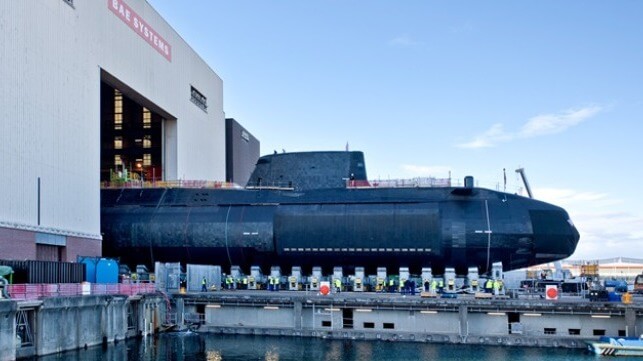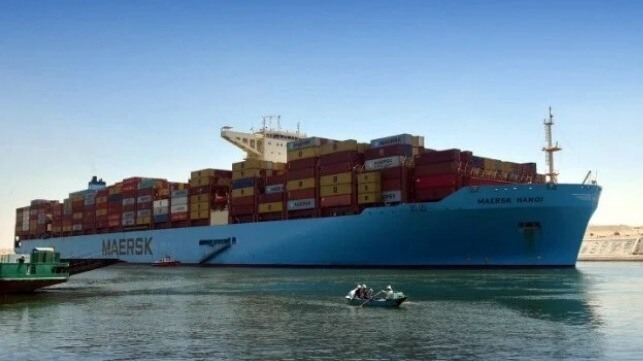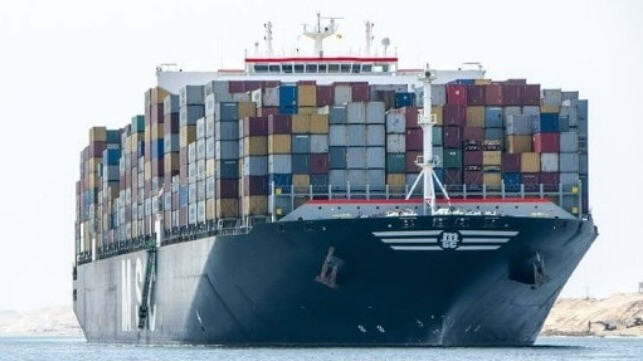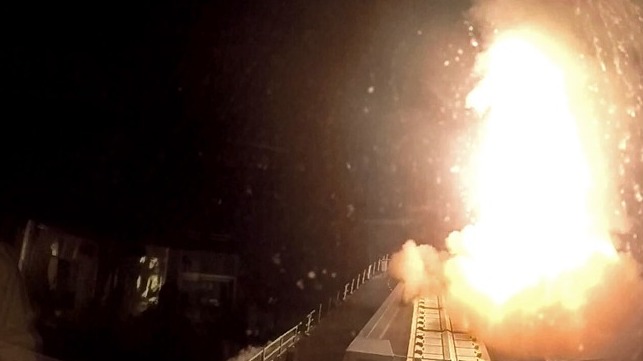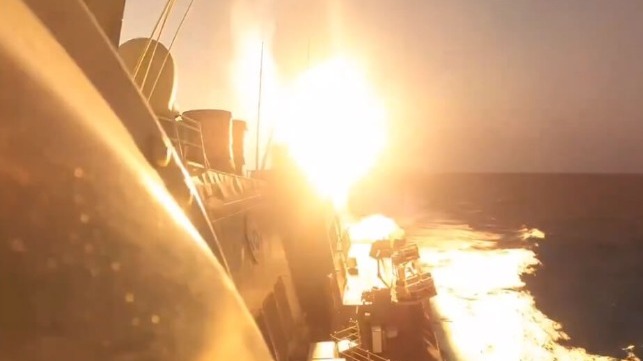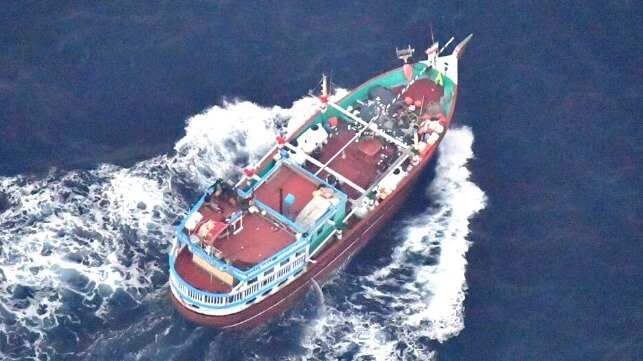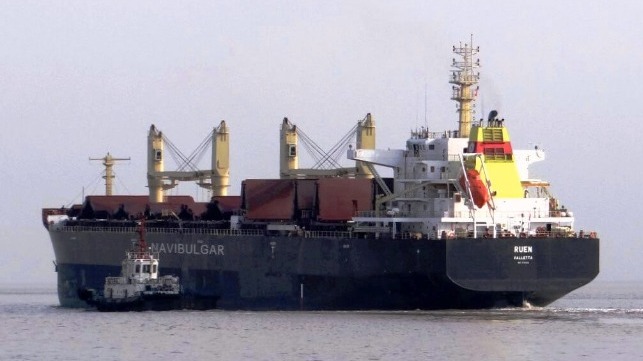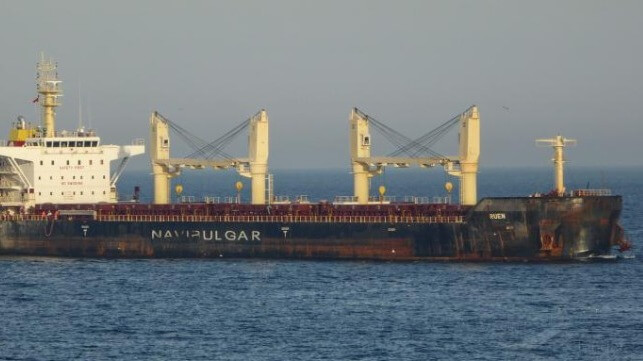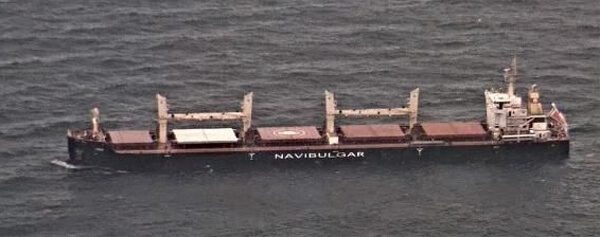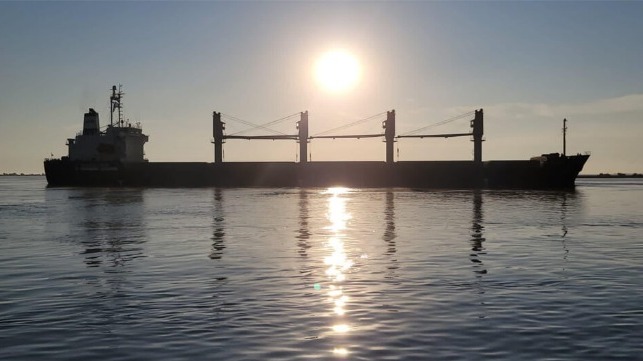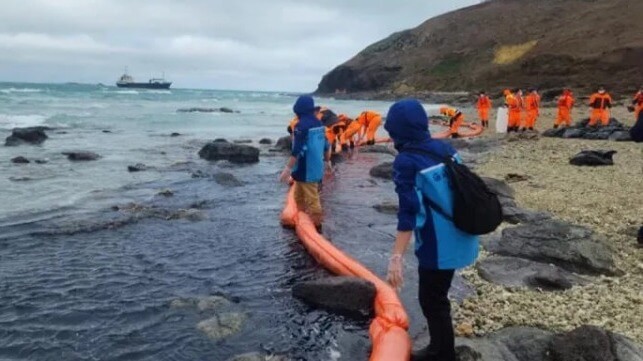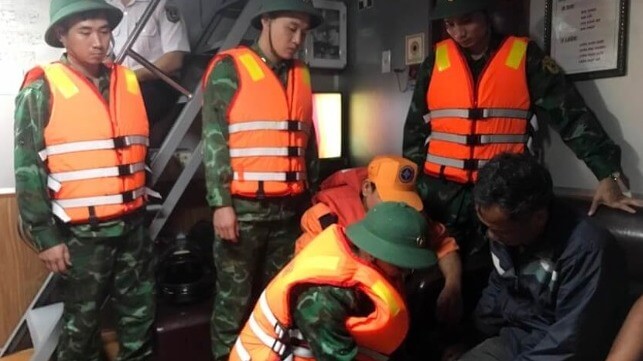Fruit Juice Tanker Becomes Latest Vessel to Add Wind-Assisted Propulsion
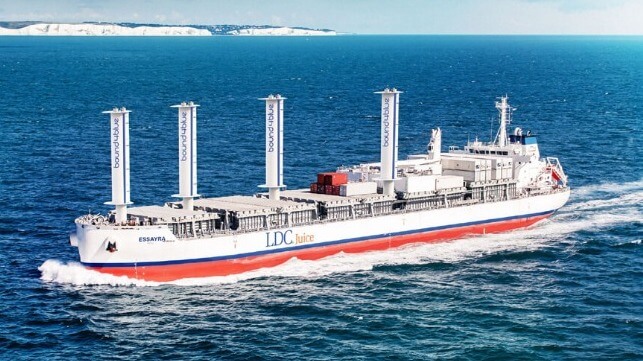
The adoption of wind-assisted propulsion is continuing to grow as more shippers and vessel owners seek to increase the efficiency and lower emissions from their ships. The latest plan will see the adoption of suction sails aboard a decade-old fruit juice carrier.
Bound4Blue, a Spanish-based company developing automated wind-assisted propulsion systems, reports it received a contract to develop and install four of its eSail technology aboard the Atlantic Orchard (34,500 dwt). The vessel, which was built in 2014 and is registered in Liberia, is a fruit juice carrier currently sailing between Brazil and Belgium for the Netherlands-based agricultural company Louis Dreyfus Group.
Owned by Wisby Tankers of Sweden, the 590-foot (180-meter) vessel will be fitted with four suction sails. Each will stand approximately 85 feet (26 meters). The installation for the Atlantic Orchard is scheduled for 2024. The companies said that the installation of the eSails, depending on vessel routing, is expected to reduce annual fuel consumption and CO2 emissions by at least 10 percent.
The company began working on developing this technology nearly a decade ago. Bound4blue reports it currently holds the record for the largest suction sail ever constructed and installed on a ship. It uses a thick aerodynamic profile and intelligent suction mechanisms to produce the propulsive energy for the vessel. The company completed its first installation in 2021 and has proceeded with several additional projects. They report the suction sail yields seven times more lift than an airplane wing.
The decision to implement this technology on the Atlantic Orchard the companies report was based on a third-party assessment study carried out by Lloyd’s Register. The project evaluated a range of solutions and identified Bound4blue’s suction sails as the most promising. The suction sail is a competing technology in the wind-assisted propulsion sector which also includes rigid sails, rotors, and a kite-like concept, all of which capture wind energy to provide propulsive force which reduces the power required from a vessel’s engines.
This project is co-funded by the European Innovation Council (EIC) Acceleration Program. In September, Bound4blue also reported that it had received a total of €6.5 million from grants in 2021 and 2022 from the Innovation Fund Program, awarded by CINEA (European Climate, Infrastructure, and Environment Executive Agency) as part of a total €22.4 million raised in a new round of funding. They reported that the new funding would contribute to further development of the eSail technology and its commercialization, as well as expanding the company’s productive capacities and personnel.
